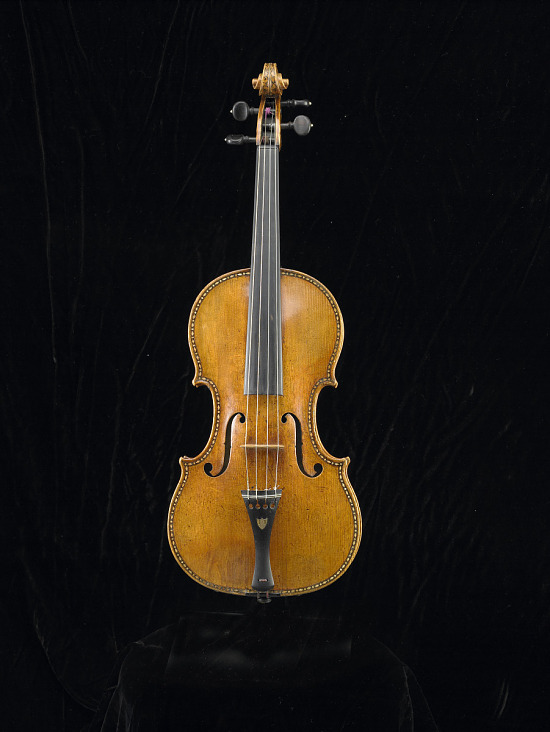Museum Moments
1. Museum Moments - FieldTrip 1 – Stradivari Violins
Your first fieldtrip takes you to see some amazing musical instruments built by talented members of the Stradivarius family, including Antonio Stradivari, in the seventeenth and eighteenth centuries. The ones you will examine this lesson are a part of the collection of the Smithsonian Institute and are amazing instruments.

Location:
There are a number of these instruments found in the Smithsonian Institute.
The “Ole Bull” Stradivari violin was made in 1687 and is found in the Smithsonian Institute.
The “Greffuhle” violin was created around 1700 and is also a part of the collection at the Smithsonian Institute.
The "Messiah" violin is part of the collection at the Ashmolean Museum in Oxford, England and thought to be created in 1716.Other museums also include Stradivari instruments in their collection, such as “The Gould” which is a part of the collection at The Met and the “Viotti” violin which is held by the Royal Academy of Music in London in their museum.
About the Pieces:
Using various woods and varnishes, these talented craftsmen created instruments that today are worth hundreds of thousands, if not millions, of dollars in today’s value (in 2011 one violin sold for nearly $16 million). These instruments are particularly valuable and worth more if they were created in what is referred to as Stradivarius’ “golden period” from 1700 to 1725. Some of these instruments are given on a loan basis to talented musicians for their use, including Yo-Yo Ma and Julian Lloyd Weber, amongst others. Antonio Stradivari is thought to have produced around 1000 instruments entirely by himself, and created more than 950 violins. However, there are only about 600 Stradivari violins still in existence today and they remain most desirable instruments and sadly, a number of these instruments have been the subject of thefts too, though many that have been stolen have later been recovered.
So, what makes these stringed wooden instruments so sought after? It is their sound quality. Perhaps you have heard of Steinway & Sons and their world-famous pianos? They too are high quality musical instruments with a superior sound quality. These are instruments that project sound well, important for soloists wishing the audience members even in the furthest seats of a massive concert hall to hear their performance. While the wood and the types of varnishes are suspected by scientists to contribute to the high quality of the sound produced by these instruments, researchers now believe that it is due to the chemicals used, with the belief that what created the superior instruments was the treatment given to the wood prior to construction.
Dates:
1644 – Antonius Stradivarius born in Italy
1687 – Cosimo Ill de’ Medici bought a Stradivari instrument
1690’s – The construction of the “Long Strads”, a longer shaped violin
1700 to 1725 – The “Golden Period” of Stradivari, creating high quality and superior instruments
1737 – Antonius Stradivarius died
1990 – “The Mendelsohn” violin sold in London for $1.7 million
2006 – “The Hammer” violin sold by Christie’s for $3.5 million